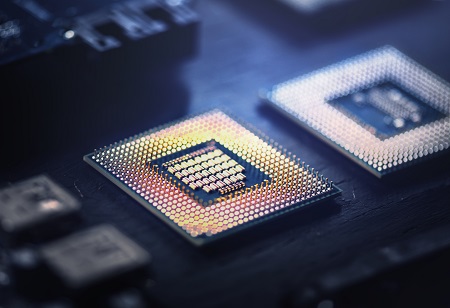
When a Beijing-based military institute published a patent for a new high-performance chip in September, it showed China's bid to remake the half-trillion-dollar global chip market and withstand U.S. sanctions. The patent filing shows that the People's Liberation Army's (PLA) Academy of Military Sciences had used an open-source standard known as RISC-V to reduce malfunctions in chips for cloud computing and smart cars.
RISC-V is an instruction set architecture, a computer language used to design anything from smartphone chips to advanced processors for artificial intelligence. Western companies control the most common standards: x86, dominated by U.S. firms Intel and Advanced Micro Devices, and Arm, developed by Britain's Arm Holdings and owned by SoftBank Group.
U.S. and U.K. export controls prevent the sale of only the most advanced x86 and Arm designs - which produce the highest-performance chips - to clients in China. But as the U.S. widens restrictions on China's access to advanced semiconductors and chip-making equipment, the open-source nature of RISC-V has made it part of Beijing's plan to curb its dependence on Western technology. However, the emerging architecture accounts for a fraction of the chip market.
"The biggest advantage of the RISC-V architecture is that it is geopolitically neutral," the Shanghai government's Science and Technology Commission said in a report published in April.
Beijing and dozens of Chinese state entities and research institutes, many sanctioned by Washington, invested at least $50 million in projects involving RISC-V between 2018 and 2023, according to a Reuters review of over 100 Chinese-language academic articles, patents, government documents and tenders, as well as statements from research groups and companies.
We use cookies to ensure you get the best experience on our website. Read more...